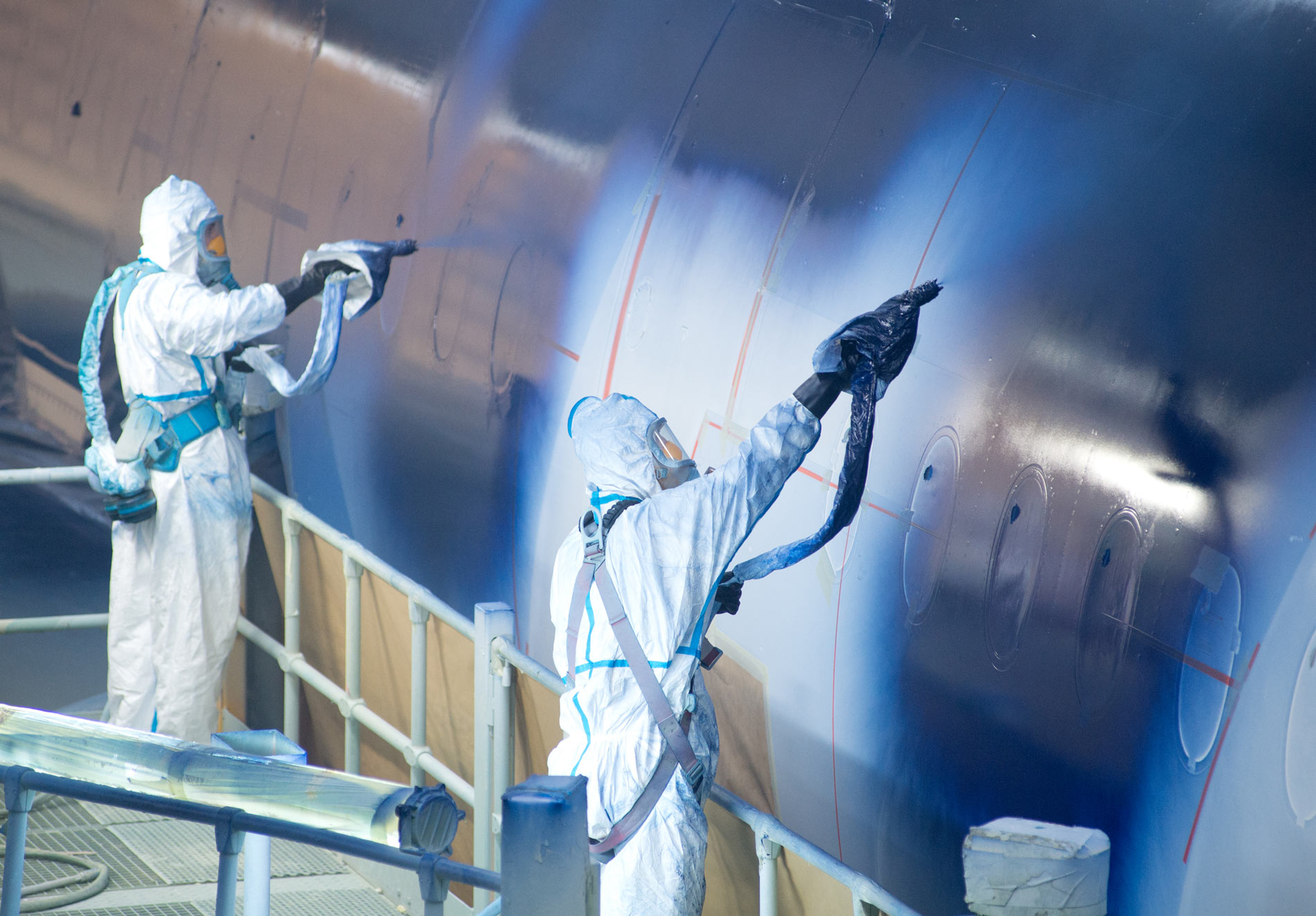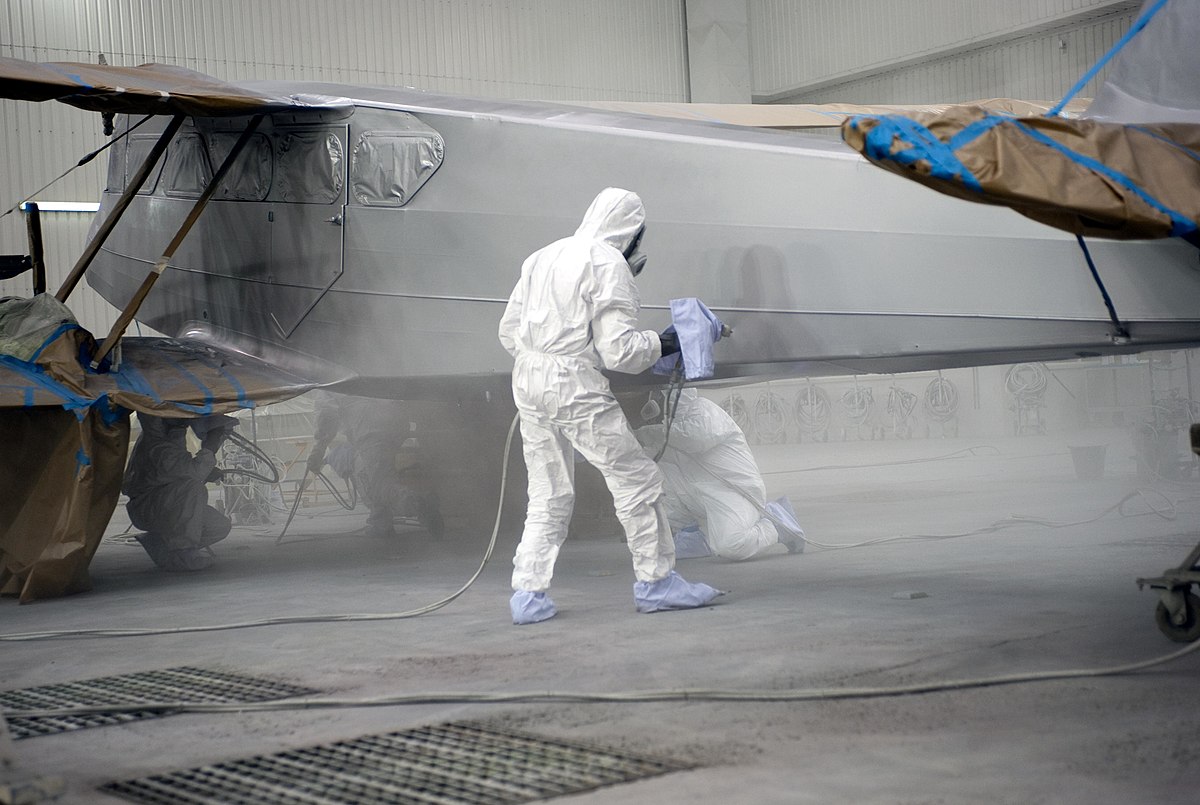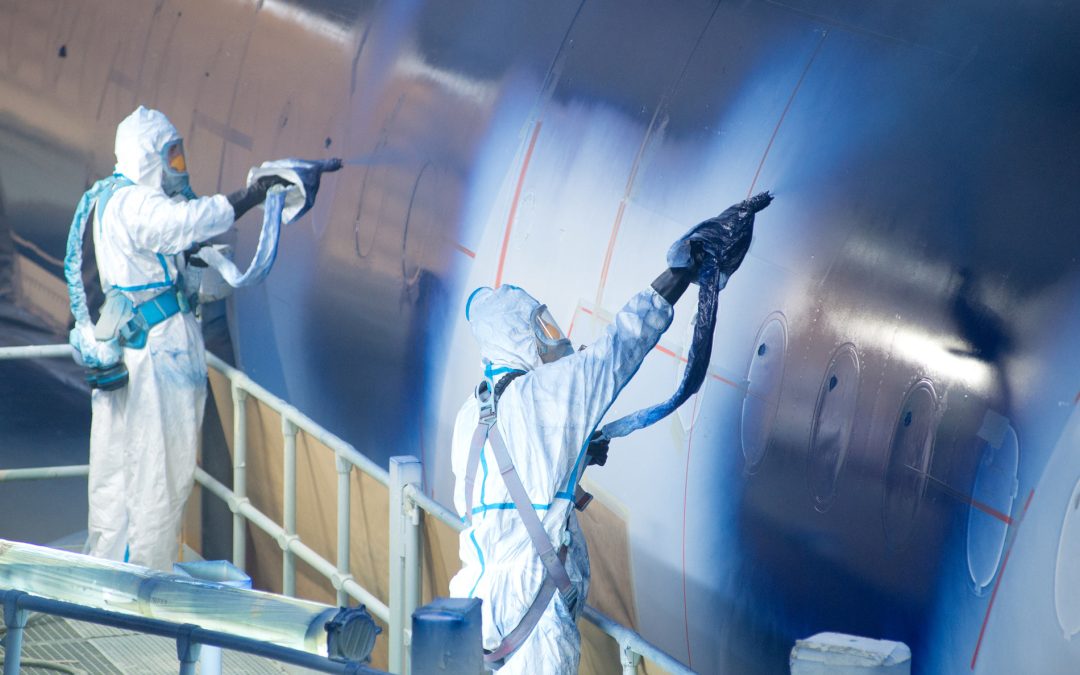The aerospace industry is taking a giant leap with the advent of AI-powered solutions. Among the pivotal applications, the capacity to detect aircraft paint defects faster has become a hallmark of modern technology. This tremendous technology is not only revolutionizing the industry but also ensures enhanced safety and efficiency.

Why Paint Defects Matter
Aircraft paint serves multiple vital roles, from aesthetics to corrosion prevention. Any defect in the paint can lead to long-term risks and added costs. Historically, identifying these defects has been labor-intensive. However, AI is now transforming this vital task.
Challenges with Traditional Methods
Traditional inspection methods have always been prone to human error and inconsistency. Given the size and complexity of modern aircraft, manual inspection can be tedious and less effective.
With platforms like High-Speed Genetic Analysis and Semiconductor Manufacturing Inspection, embracing automation has proven successful across different industries.
The Role of AI in Inspection
AI-powered inspection systems leverage machine learning algorithms to detect even the minutest paint defects accurately. These systems are trained on millions of data points, ensuring increased accuracy and reliability.
How AI Systems Work
AI systems use advanced imaging techniques combined with pattern recognition algorithms. This blend allows the system to spot inconsistencies and imperfections faster than the human eye.
For instance, industries like Semiconductor Wafer Polishing showcase similar advancements.
Benefits of AI-Powered Inspection
The advantages of adopting AI in aircraft paint inspection are manifold.
Increased Accuracy
AI systems can detect the slightest imperfections, which might be missed by manual inspections. This ensures a higher standard of quality control.
Time-Efficiency
What used to take hours or even days can now be accomplished in a fraction of the time. This approved technology also reduces downtime and speeds up the manufacturing process.
Cost-Effectiveness
By reducing the labor cost and minimizing errors, companies can save significantly on both inspections and potential repaints.
Implementation in the Industry
Leading aerospace firms are gradually integrating AI-powered systems. These companies report notable improvements in both inspection speed and defect detection accuracy.
Case Studies
Various case studies demonstrate the efficacy of AI in inspection. For instance, a prominent aircraft manufacturer reported a 40% reduction in inspection time within the first year of implementing AI technology.
Future of AI in Aircraft Inspection
The future looks promising as AI continues to evolve. Future advancements are likely to bring even more sophisticated tools and methodologies.
Integration with Other Technologies
Combining AI with IoT and augmented reality can provide real-time feedback and virtual inspections. Fields like Tachometer Systems are already exploring such integrations.
Regulatory Approvals
As the technology matures, regulatory bodies are likely to develop standards and guidelines to ensure its safe and effective application.
Conclusion
The considerable advancements in AI have presented the aerospace industry with an unparalleled tool to ensure aircraft integrity. With tremendous benefits of time-efficiency, accuracy, and cost-effectiveness, adopting AI-powered inspection technology is not just a trend but a necessity for the future.
For more information on aircraft painting techniques, explore this external resource: 3M Aircraft Painting.

FAQ
Why is aircraft paint inspection vital?
Ensuring the integrity of aircraft paint prevents corrosion and enhances the aircraft’s lifespan. Any defects can lead to safety risks and increased maintenance costs.
How does AI improve paint inspections?
AI enhances accuracy, reduces inspection time, and minimizes human error, which makes the entire process more efficient and cost-effective.
Are AI-powered inspections costly to implement?
While the initial setup might seem expensive, the long-term benefits of saving on labor costs and preventing costly repaint jobs make it worthwhile.
